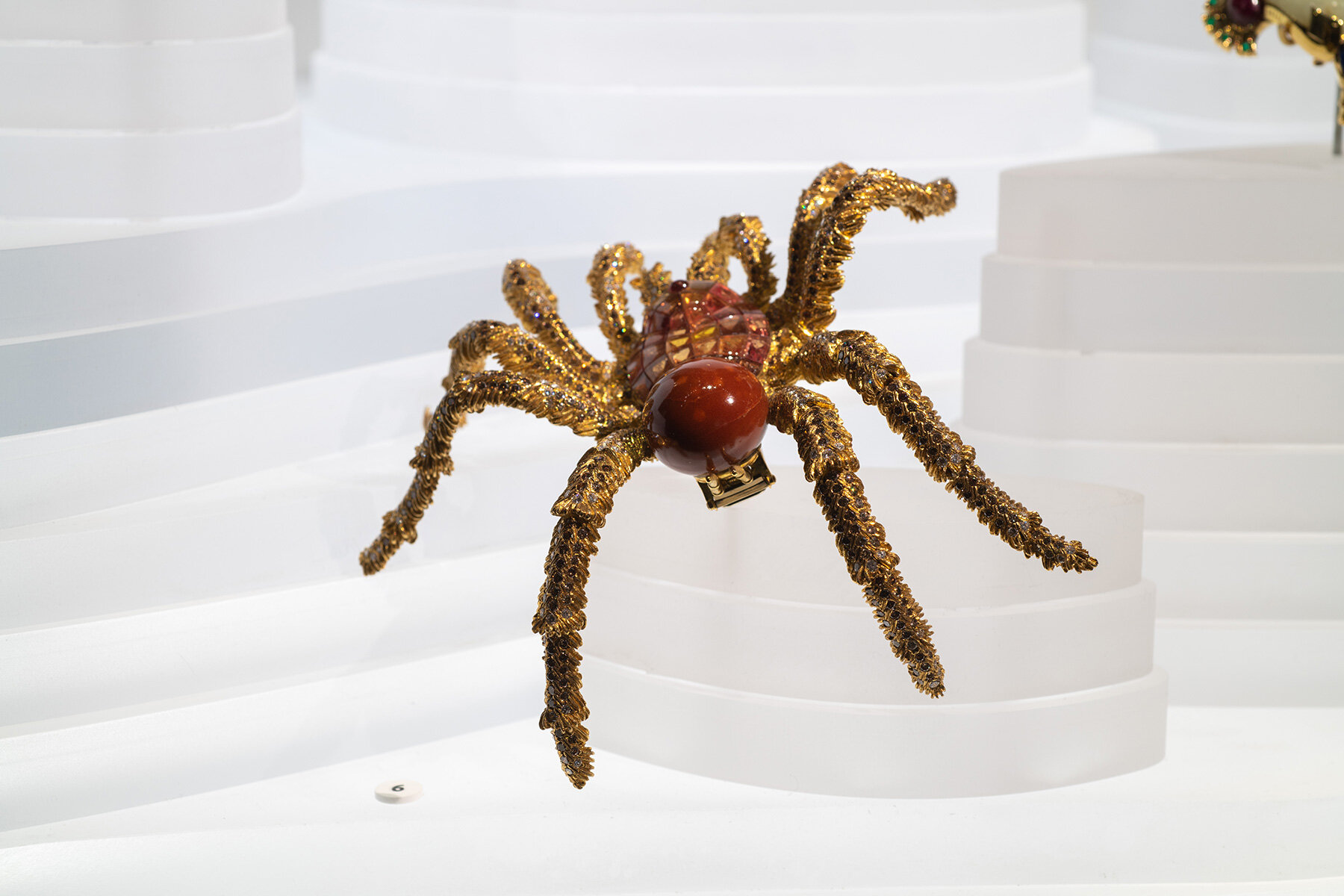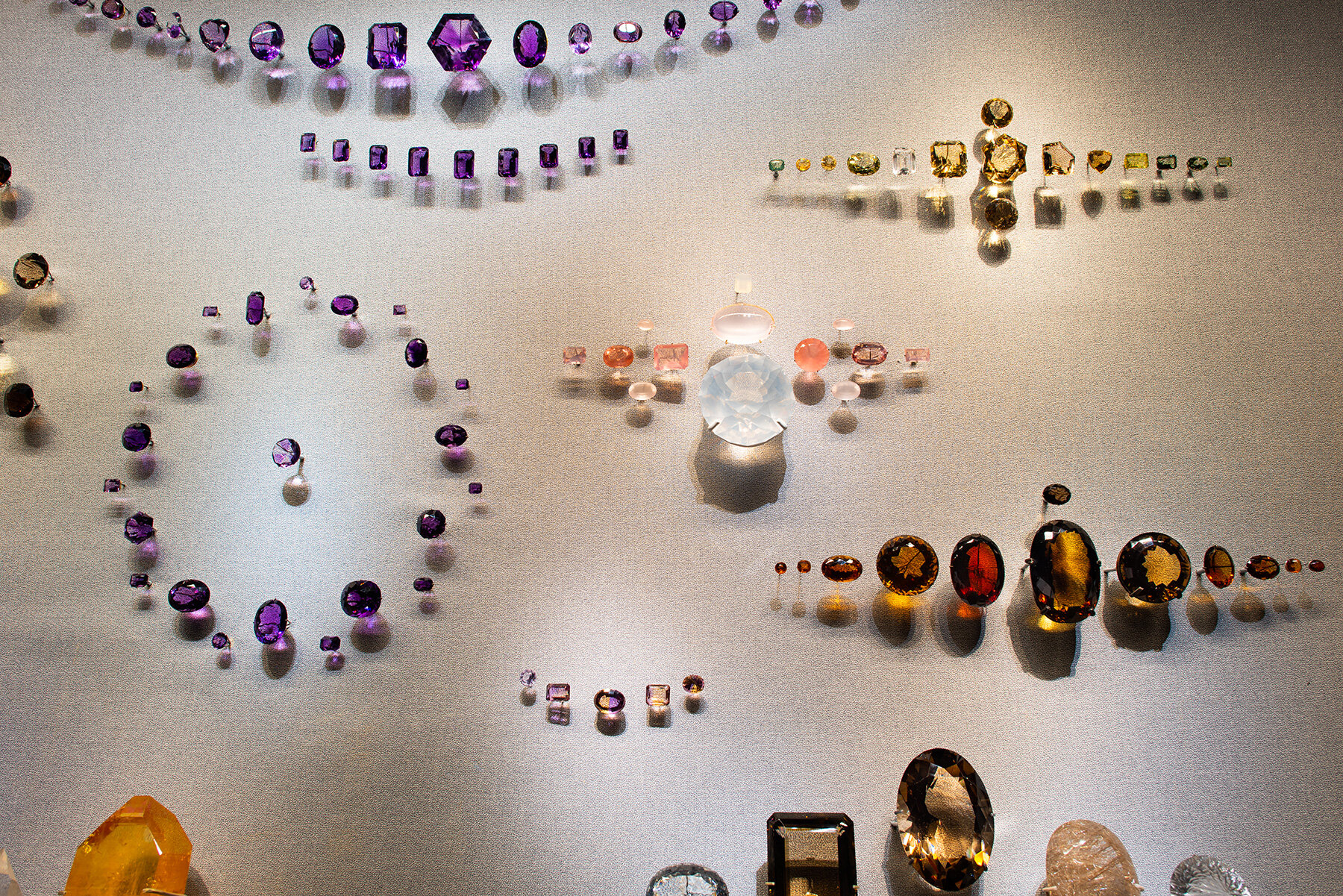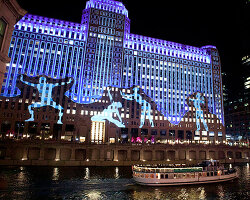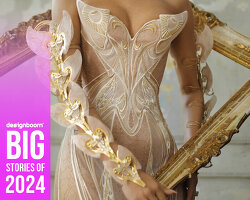
image by d. finnin / ©AMNH

tarantula brooch — this tarantula brooch was part of a series of animal-themed jewels created by the family-owned german firm hemmerle between 1979 and 1996. the natural 111.76-carat brown horse conch pearl in the rear segment of the tarantula is believed to be one of, if not the, largest natural horse conch pearls in the world | image by d. finnin / ©AMNH

the entrance to the all-new allison and roberto mignone halls of gems and minerals at the AMNH is a sparkling showcase for the museum’s world-renowned collection and an engaging guide to current scientific knowledge about our dynamic planet. the redesigned halls feature more than 5,000 specimens sourced from 98 countries | image by d. finnin / ©AMNH

abundant in earth’s crust, quartz is found in many environments. the gem forms of quartz that occur as crystals can be of various colors and hues or colorless, as in rock crystal. the colors derive mainly from natural radiation, heat, and trace contaminants | image by d. finnin / ©AMNH



































